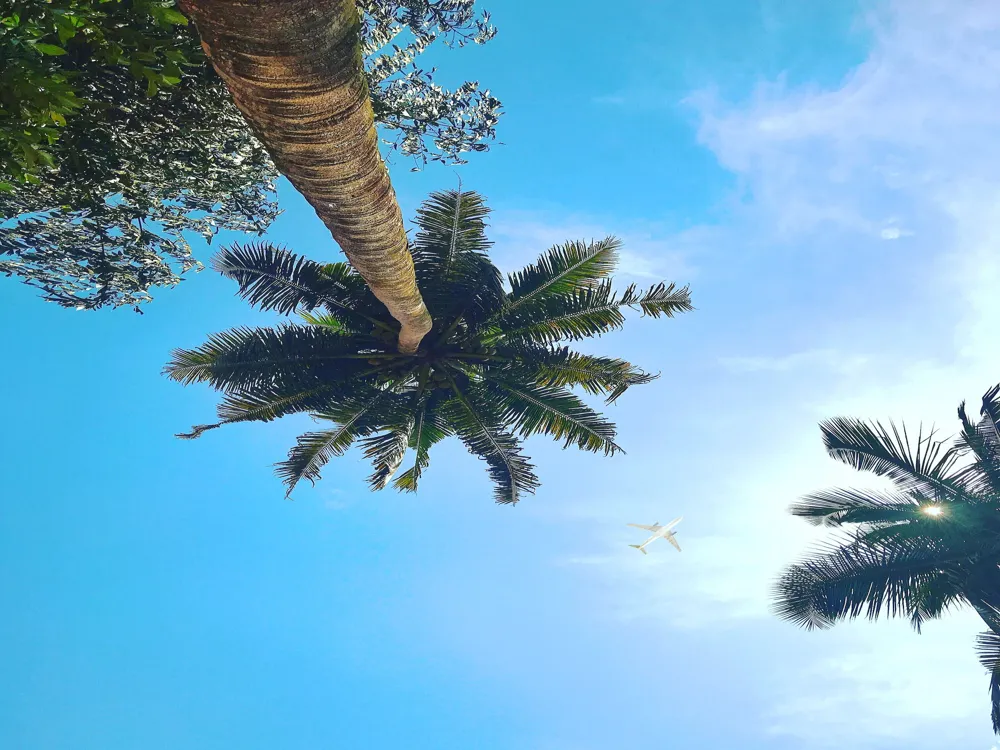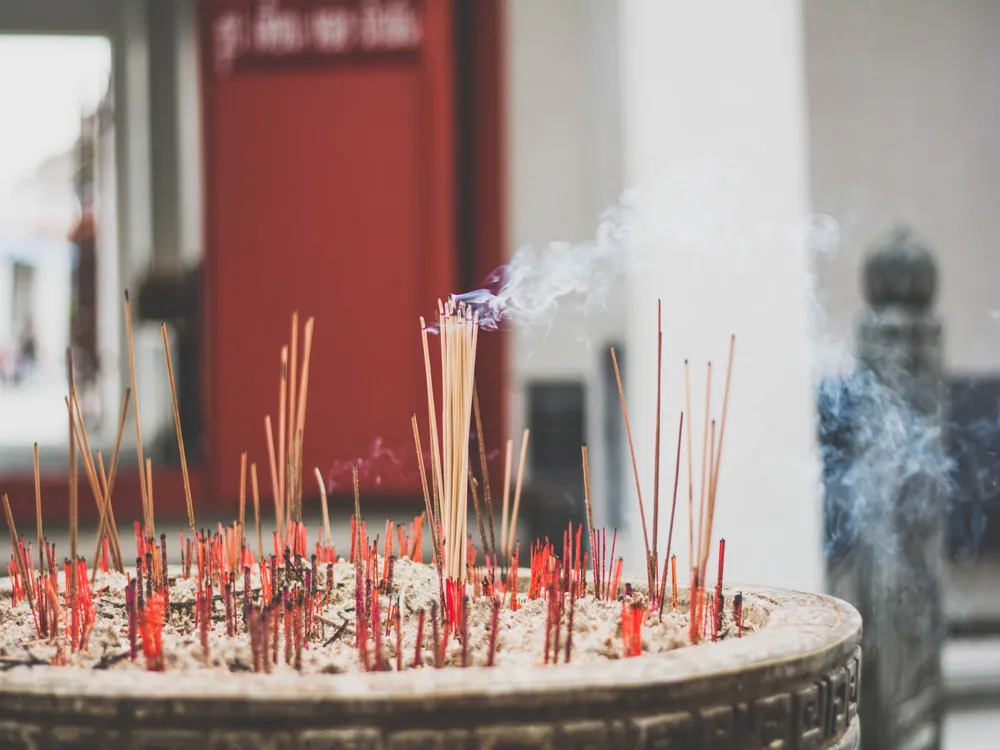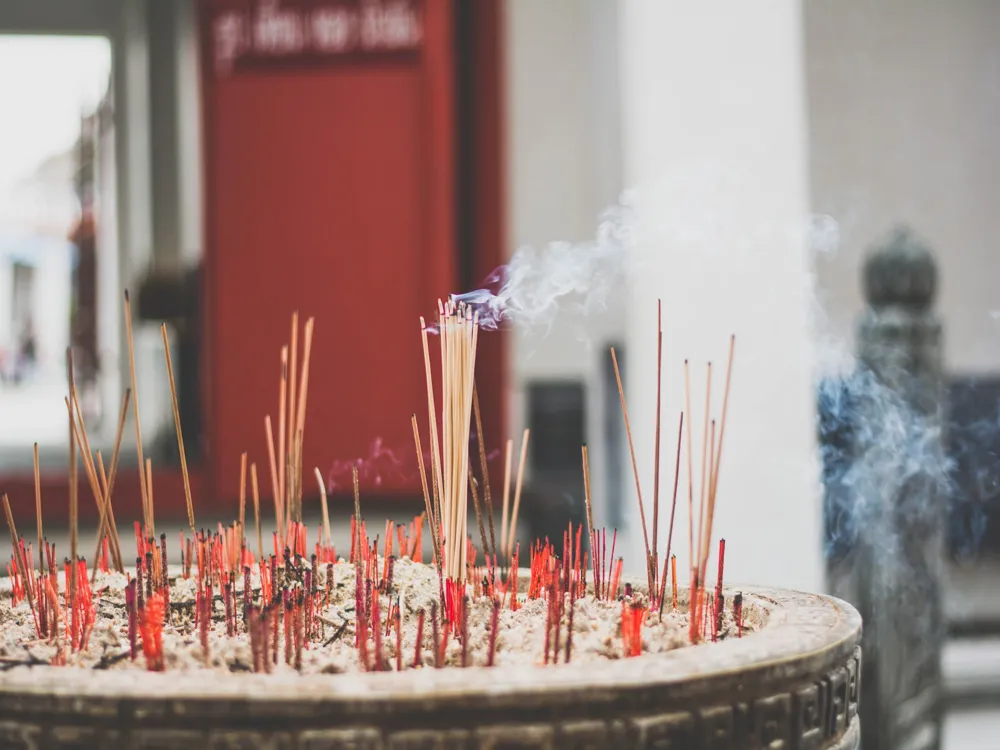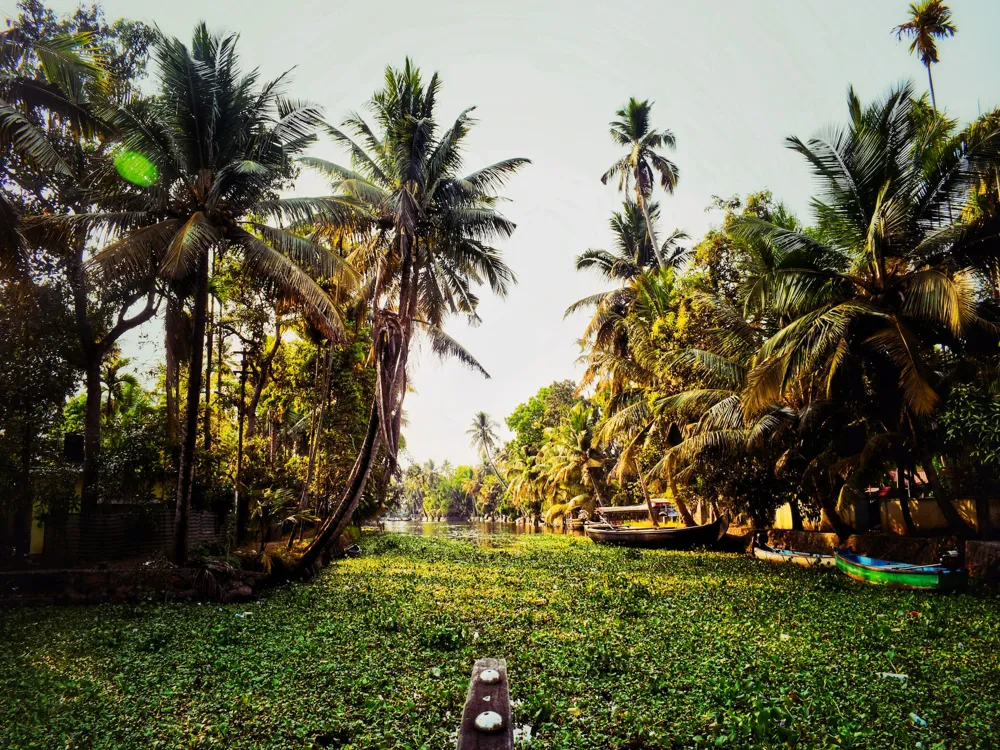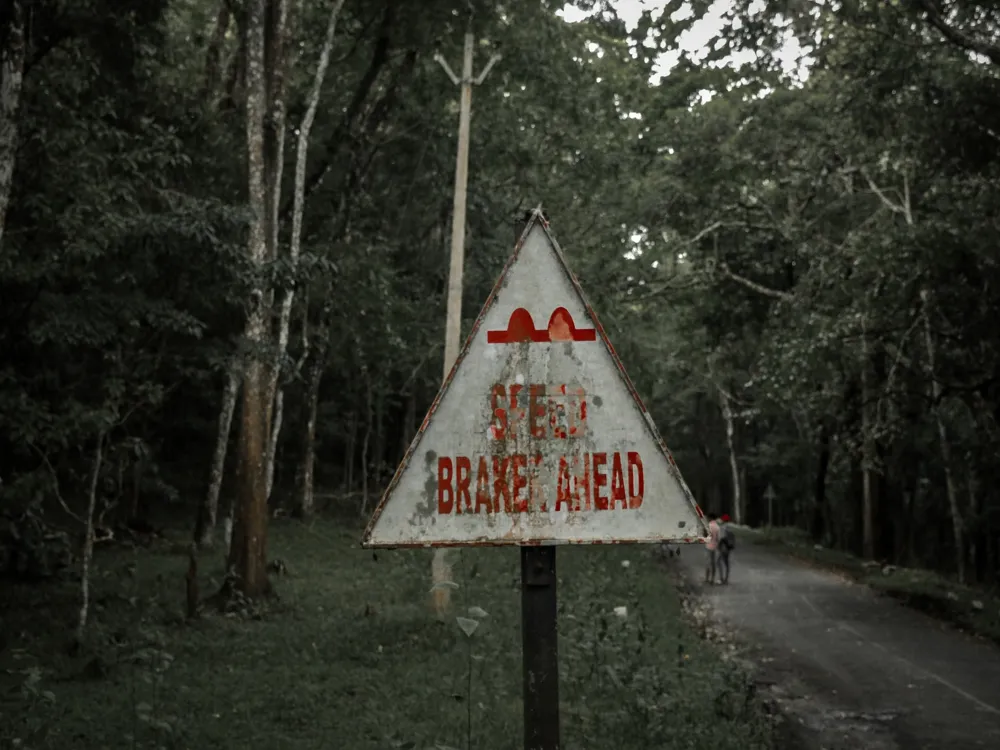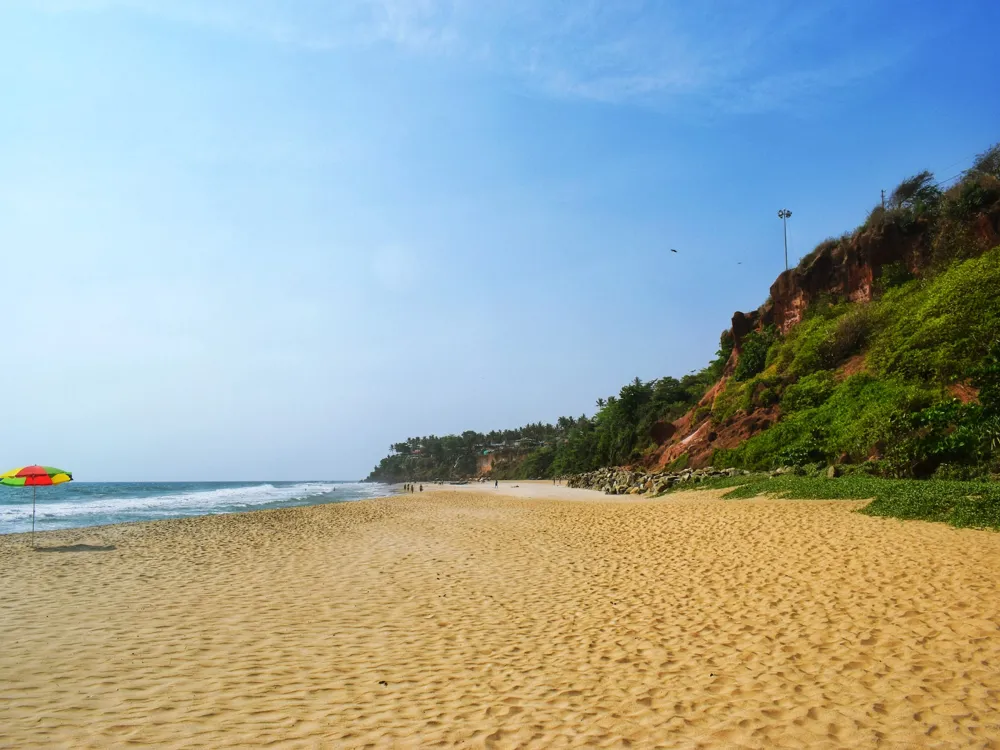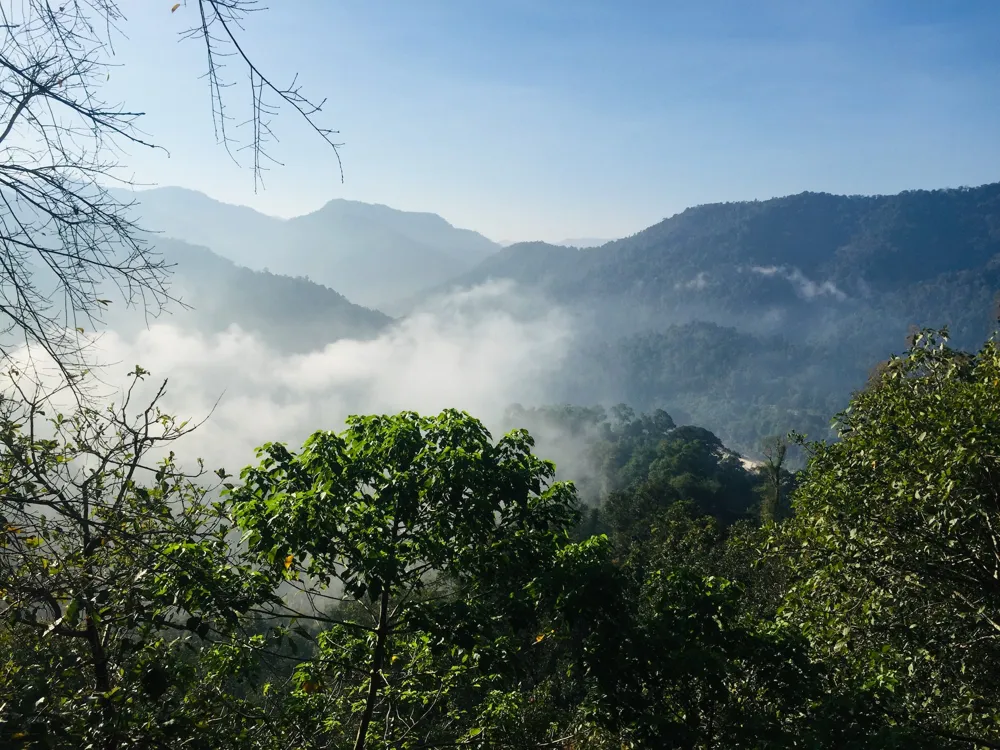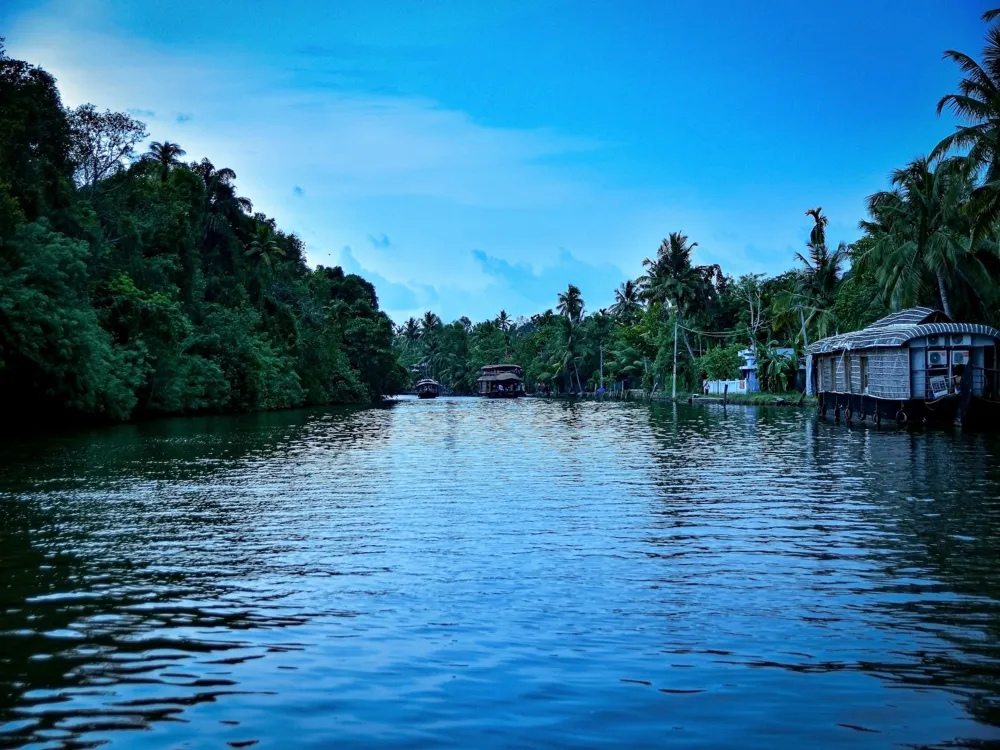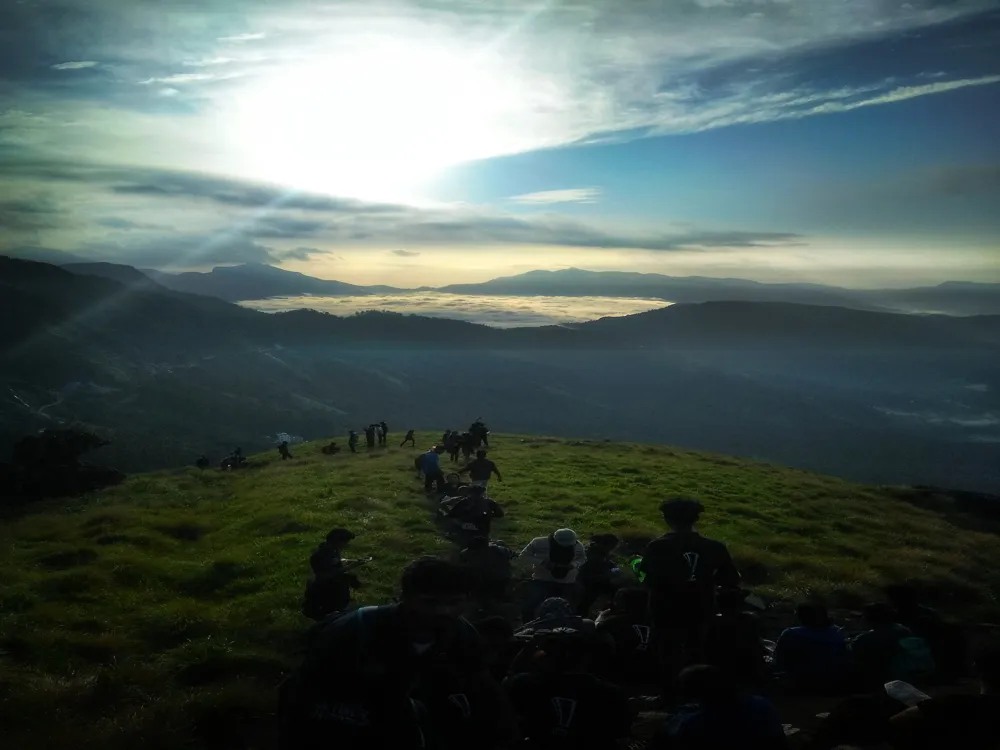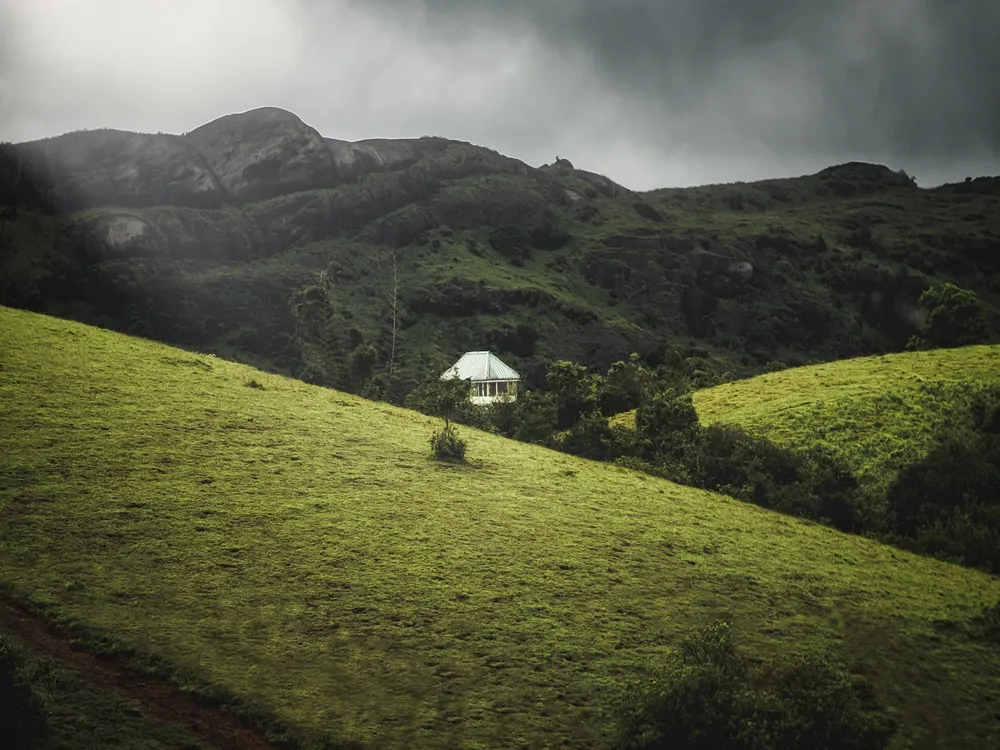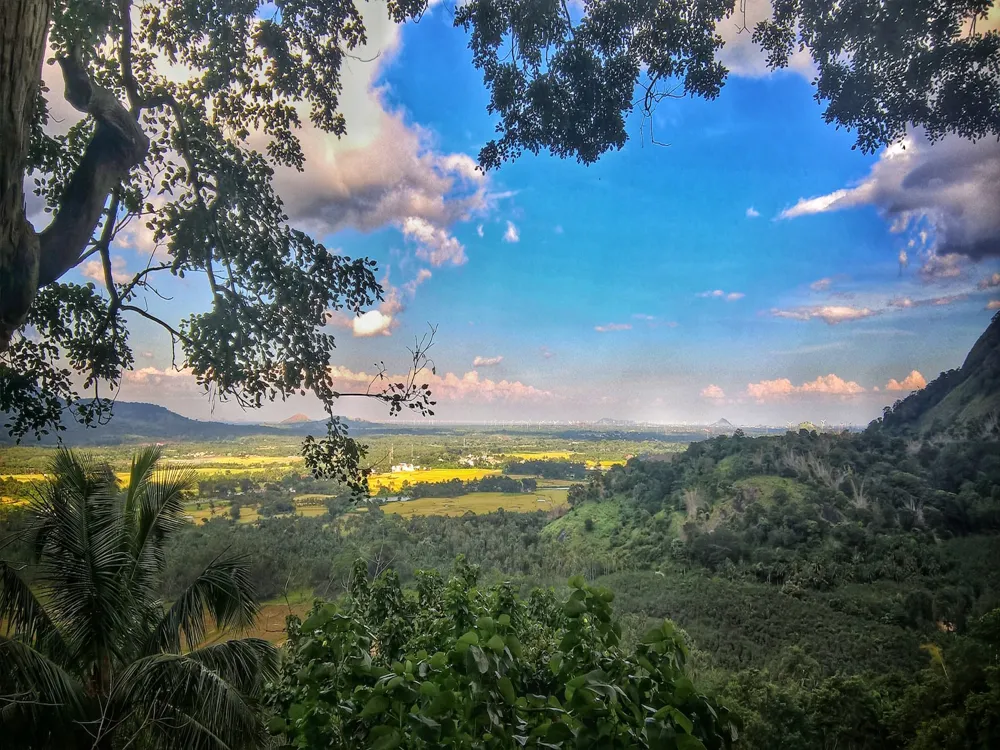Nestled in the serene landscapes of Pathanamthitta in Kerala, the Manjinikkara Church stands as a beacon of spiritual solace and architectural marvel. This revered site, not just a place of worship, but also a symbol of cultural and historical significance, attracts thousands of pilgrims and tourists every year. The church is dedicated to Saint Ignatius Elias III, whose mortal remains are believed to be enshrined here. The annual festival commemorating the Saint's entombment is a major event that draws devotees from across the globe. The history of Manjinikkara Church dates back to the early 20th century, reflecting the deep-rooted Christian heritage of Kerala. The church is a part of the Syriac Orthodox tradition, which has contributed significantly to the Christian landscape of the state. Its location atop a hill, overlooking the lush greenery of Pathanamthitta, adds to its spiritual aura. The church's establishment marked a pivotal moment in the religious history of Kerala, symbolizing peace and communal harmony. The architecture of Manjinikkara Church is a splendid amalgamation of traditional Kerala and Middle Eastern styles. The church's design is notable for its intricate carvings, ornate patterns, and striking domes that are reminiscent of Syriac Christian influences. The main facade of the church is an impressive sight, with its towering structure adorned with a series of steps leading up to the main entrance. The exterior is characterized by a harmonious blend of white and beige, accented by the rich greenery surrounding it. Inside, the church is a realm of spiritual tranquility. The interior is spacious, with high ceilings and large windows that allow natural light to bathe the sacred space. The altar is a focal point of artistic and religious significance, adorned with icons and paintings that depict various biblical scenes. The use of wood in the interior, especially in the ceiling and pews, adds a warm and inviting feel to the space. The church's architecture not only serves as a place of worship but also stands as a testament to the artistic and cultural heritage of the Syrian Christian community in Kerala. Visitors to Manjinikkara Church should dress modestly, respecting the sacred nature of the site. It is advisable to avoid wearing revealing or flashy attire. Maintaining a quiet and respectful demeanor within the church premises is expected. The ideal time to visit Manjinikkara Church is during the cooler months from November to February. The annual festival in February is a particularly vibrant time to experience the church's cultural richness. While photography is generally allowed, it is important to be mindful of the church's rules. Flash photography and photographing during services should be avoided. Always seek permission before taking pictures of the congregation or clergy. Manjinikkara Church is well-connected by road and is accessible from major cities in Kerala. The nearest airport is the Trivandrum International Airport, about 120 kilometers away. From the airport, visitors can hire taxis or use public transport to reach the church. The nearest railway station is Chengannur, located approximately 30 kilometers from Manjinikkara. Local buses, taxis, and auto-rickshaws are available from Chengannur to the church. For those driving, the church is situated off the Pathanamthitta-Omallur Road, making it easily reachable by car. Read More:Overview of Manjinikkara Church, Pathanamthitta, Kerala
Architecture of Manjinikkara Church
Tips When Visiting Manjinikkara Church
Dress Code and Conduct
Best Time to Visit
Photography Guidelines
How To Reach Manjinikkara Church
Manjinikkara Church
Pathanamthitta
Kerala
NaN onwards
View pathanamthitta Packages
Pathanamthitta Travel Packages
View All Packages For Pathanamthitta
Top Hotel Collections for Pathanamthitta

Private Pool

Luxury Hotels

5-Star Hotels

Pet Friendly
Top Hotels Near Pathanamthitta
Other Top Ranking Places In Pathanamthitta
View All Places To Visit In pathanamthitta
View pathanamthitta Packages
Pathanamthitta Travel Packages
View All Packages For Pathanamthitta
Top Hotel Collections for Pathanamthitta

Private Pool

Luxury Hotels

5-Star Hotels

Pet Friendly







